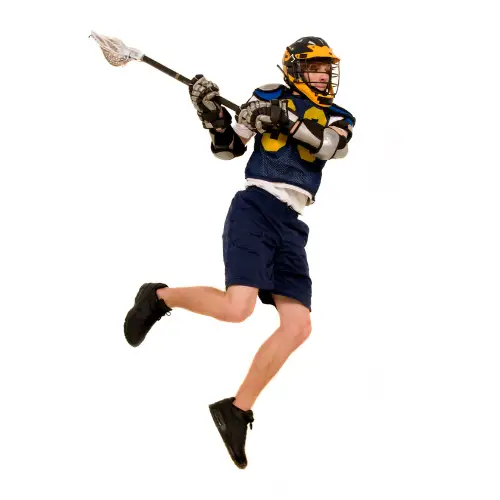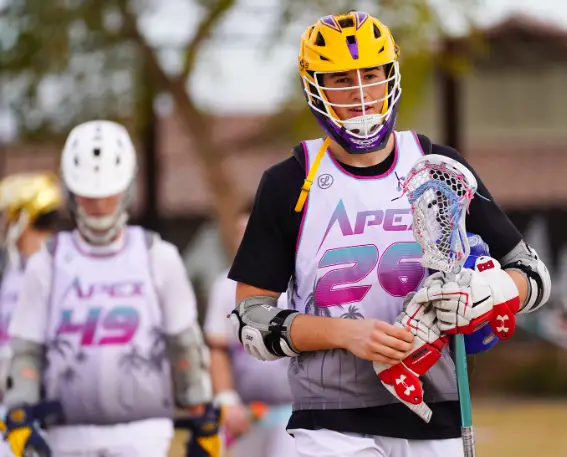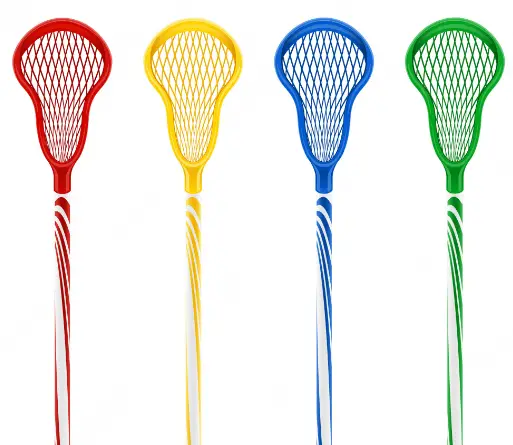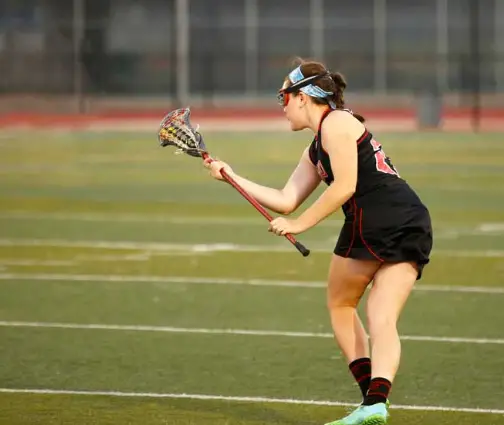Lacrosse is a fast-paced and physically demanding sport that requires a wide range of skills and positions to be played effectively. Each position on the field has its own unique set of responsibilities, and it is important for players to understand these roles in order to work as a cohesive team.
In this article, we will explore the different positions and responsibilities in lacrosse, highlighting the key skills and attributes required for each role. Whether you are a beginner or an experienced player, understanding the different positions and responsibilities in lacrosse will help you to become a more effective and well-rounded player.
The Attackers
The attackers in lacrosse are responsible for scoring goals and putting pressure on the opposing team’s defense. They are typically the most skilled and agile players on the field, with a good understanding of the game and the ability to make quick, accurate passes.
Some specific responsibilities of the attackers in lacrosse include:
- Moving the ball up the field by passing and carrying it, with the goal of getting it into the opposing team’s shooting area (the “crease”)
- Creating scoring opportunities by using stickhandling skills and deception to get past defenders
- Setting up teammates for shots on goal by drawing the attention of defenders and making accurate passes
- Communicating with teammates to coordinate plays and movements on the field
- Being aware of the game clock and time remaining in the game, and adjusting strategies accordingly
- Being able to play offense and defense, as attackers are also responsible for playing defense when the opposing team has possession of the ball.
Overall, the attackers in lacrosse play a crucial role in the team’s success, as they are responsible for scoring the majority of the team’s goals and putting pressure on the opposing team’s defense.
The Midfielders
Midfielders in lacrosse have a variety of roles and responsibilities that they must fulfill in order to be successful. These include:
- Transition: Midfielders are responsible for transitioning the ball from the defensive end of the field to the offensive end. They are often the first players to receive the ball after a defensive stop and must quickly and effectively move the ball up the field.
- Support: Midfielders must provide support for their teammates by being ready to receive passes and make quick decisions with the ball. They must be able to move the ball effectively in tight spaces and make smart decisions with the ball.
- Defense: Midfielders are also responsible for playing defense and helping to stop the opposing team’s midfielders. They must be quick and agile to effectively cover their opponents and disrupt their offensive flow.
- Ball Control: Midfielders must have strong ball control skills in order to effectively move the ball up the field and maintain possession. This includes stick skills, dodging, and the ability to pass and catch accurately.
- Communication: Midfielders must communicate effectively with their teammates to coordinate plays and strategies. They must also communicate with the coaches and listen to their instructions in order to execute their role effectively.
- Leadership: Midfielders are often expected to be leaders on the field, providing guidance and direction for their teammates. They must have a strong understanding of the game and be able to make quick decisions in order to lead their team to success.
The Defenders
The main role of a defender in lacrosse is to prevent the opposing team’s offense from scoring. This includes marking the opposing team’s top scorers and disrupting their offensive plays. Defenders are also responsible for clearing the ball out of their defensive end and transitioning it up the field to their own offense. Additionally, defenders are expected to be physical and aggressive in their play, as well as have good footwork and stick skills. Some other responsibilities of a defender include:
- Communicating with the other defenders on the field to coordinate play
- Understanding the opposing team’s tendencies and strategies
- Being aware of the location of the ball at all times
- Playing an active role in the team’s transition game
- Helping the goalkeeper to defend the goal.
The Goal Keepers
The role of the goalkeepers in lacrosse is to protect the goal and prevent the opposing team from scoring. They are the last line of defense and are responsible for making sure the ball does not enter the goal.
Responsibilities of goalkeepers include:
- Stopping shots: Goalkeepers are responsible for stopping shots from the opposing team. This includes making saves with their body and stick.
- Communicating with teammates: Goalkeepers need to communicate effectively with their teammates to ensure they are aware of the opposing team’s movements.
- Clearing the ball: Goalkeepers need to be able to clear the ball quickly and accurately to start a fast break and transition to offense.
- Setting up the defense: Goalkeepers need to be able to direct their defense to make sure they are in the right position to stop shots.
- Leadership: Goalkeepers are often considered the leader of the defense and need to be able to motivate and encourage their teammates.
- Physical fitness: Goalkeepers need to be in good physical condition to be able to make quick movements and react quickly to shots.
- Overall, goalkeepers play a crucial role in the game of lacrosse and their performance can greatly impact the outcome of the match.
What Are Other Minor Roles In Lacrosse?
1. Wing: Responsible for maintaining possession of the ball during face-offs and helping to transition the ball up the field.
2. Short Stick Defensive Midfielder (SSDM): Specializes in playing defense, often matched up against opposing midfielders.
3. Long Stick Defensive Midfielder (LSDM): Specializes in playing defense, often matched up against opposing attackmen.
4. Short Stick Offensive Midfielder (SSOM): Specializes in playing offense, often matched up against opposing defensive midfielders.
5. Long Stick Offensive Midfielder (LSOM): Specializes in playing offense, often matched up against opposing defensive midfielders.
6. Goalie: The last line of defense, responsible for stopping shots on goal.
7. Face-Off Specialist: Specializes in taking face-offs, responsible for winning possession of the ball at the start of each quarter and after goals.
8. Man-Down Defense: Specializes in playing defense during penalty situations, when a team is a man down.
9. Man-Up Offense: Specializes in playing offense during penalty situations, when an opposing team is a man down.
10. Substitute: Often used to rotate players in and out of the game, or to replace injured players.
Conclusion
In conclusion, lacrosse is a complex and dynamic sport that requires a variety of different positions and responsibilities to be played effectively. Each position, whether it be an attack, midfield, defense, or goalie, plays a vital role in the game and requires specific skills and abilities. The responsibilities of each position are unique and require players to have a good understanding of their role in the game. Whether it’s scoring goals, playing defense, or making saves, each position is essential to the success of the team. Ultimately, it takes a well-rounded team with players who understand and excel in their positions and responsibilities to win in lacrosse.







